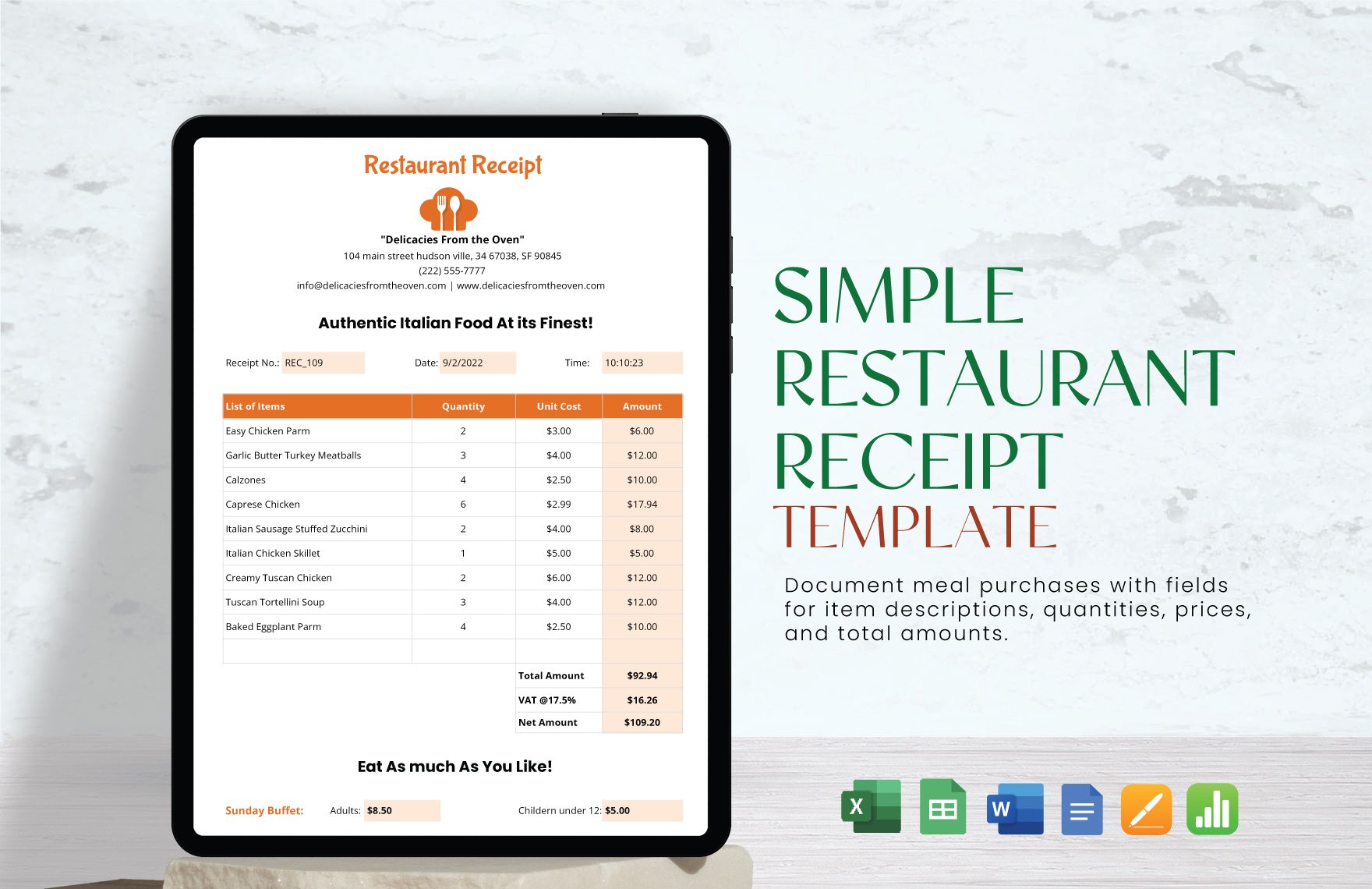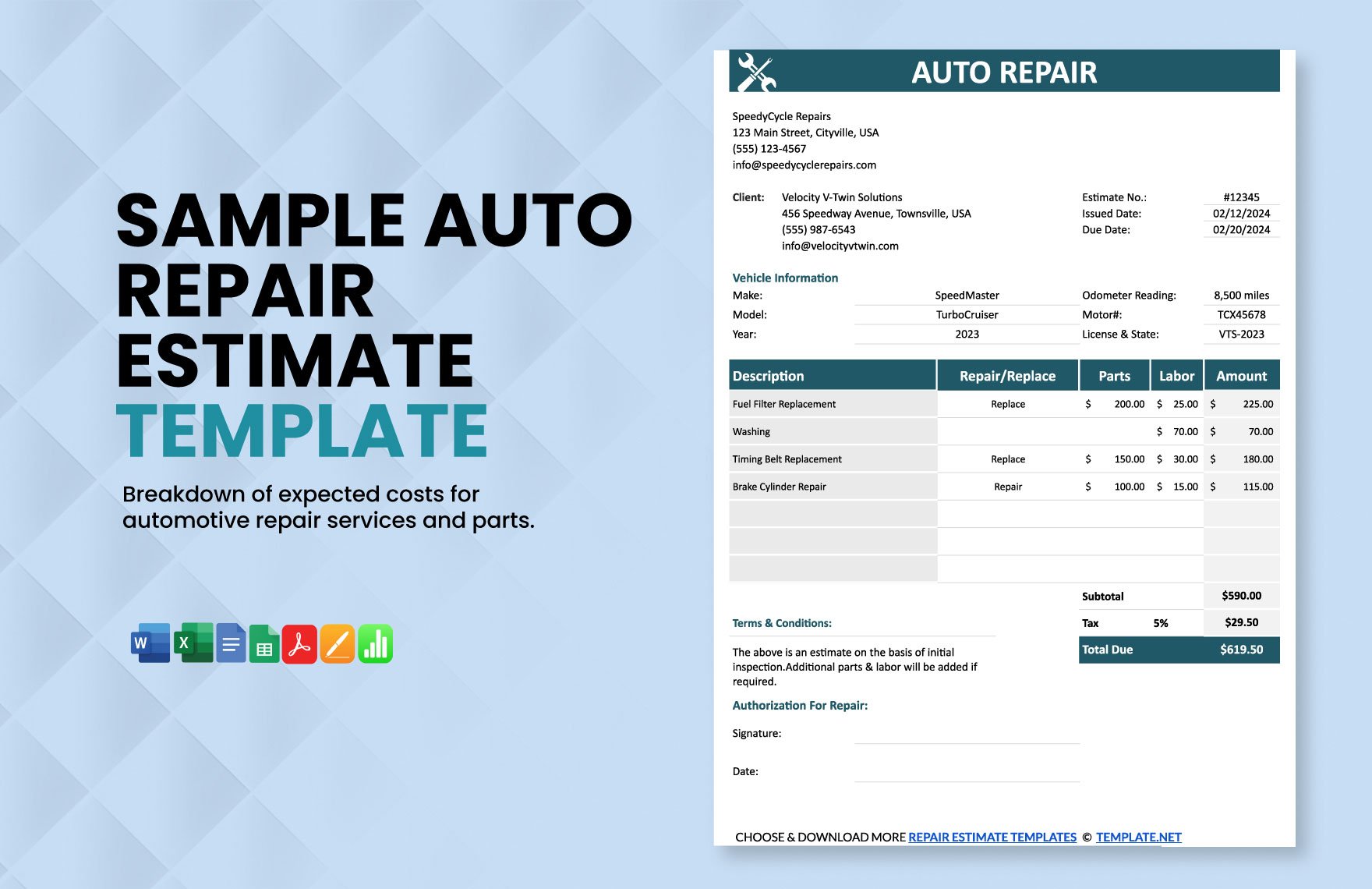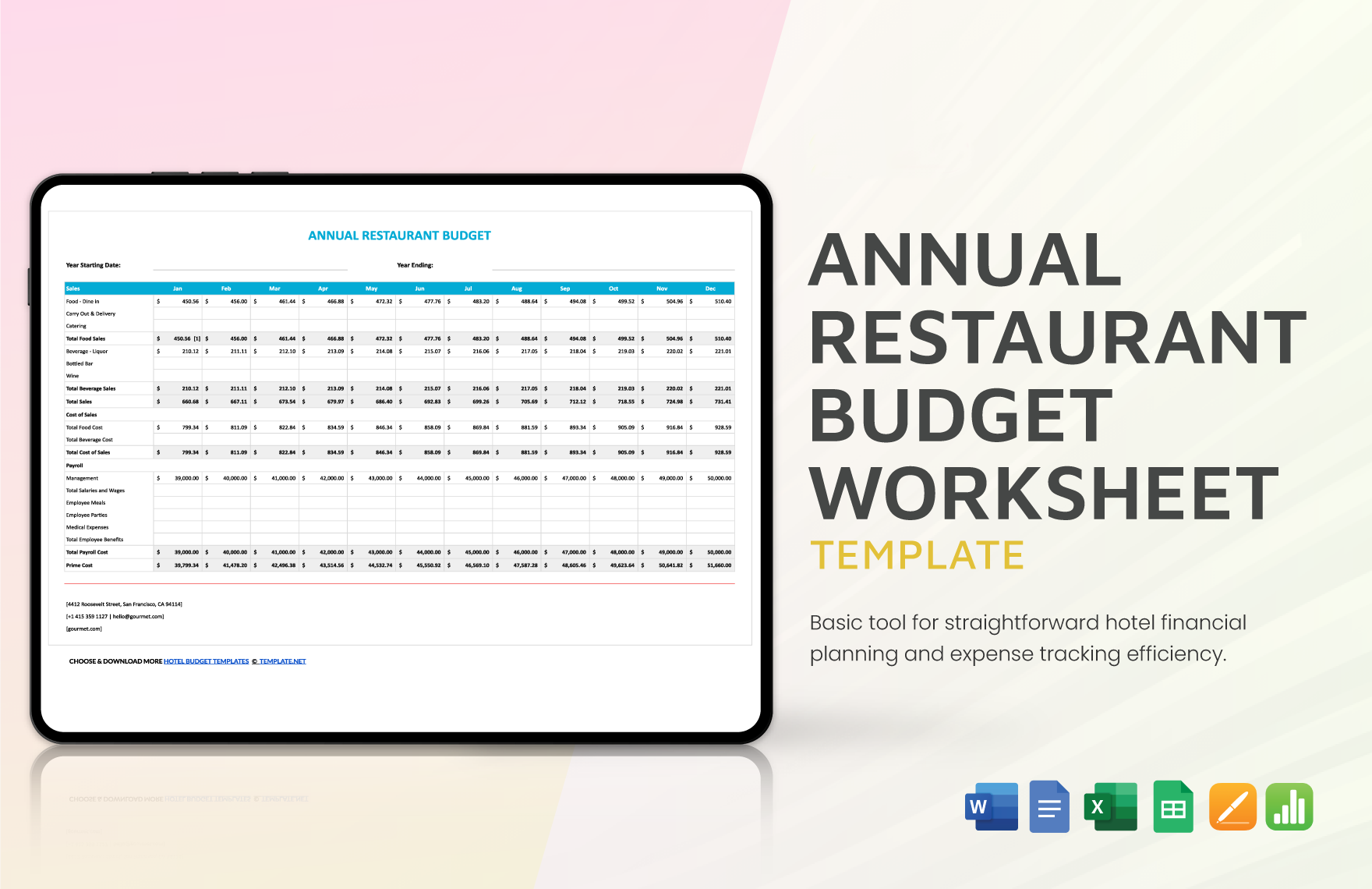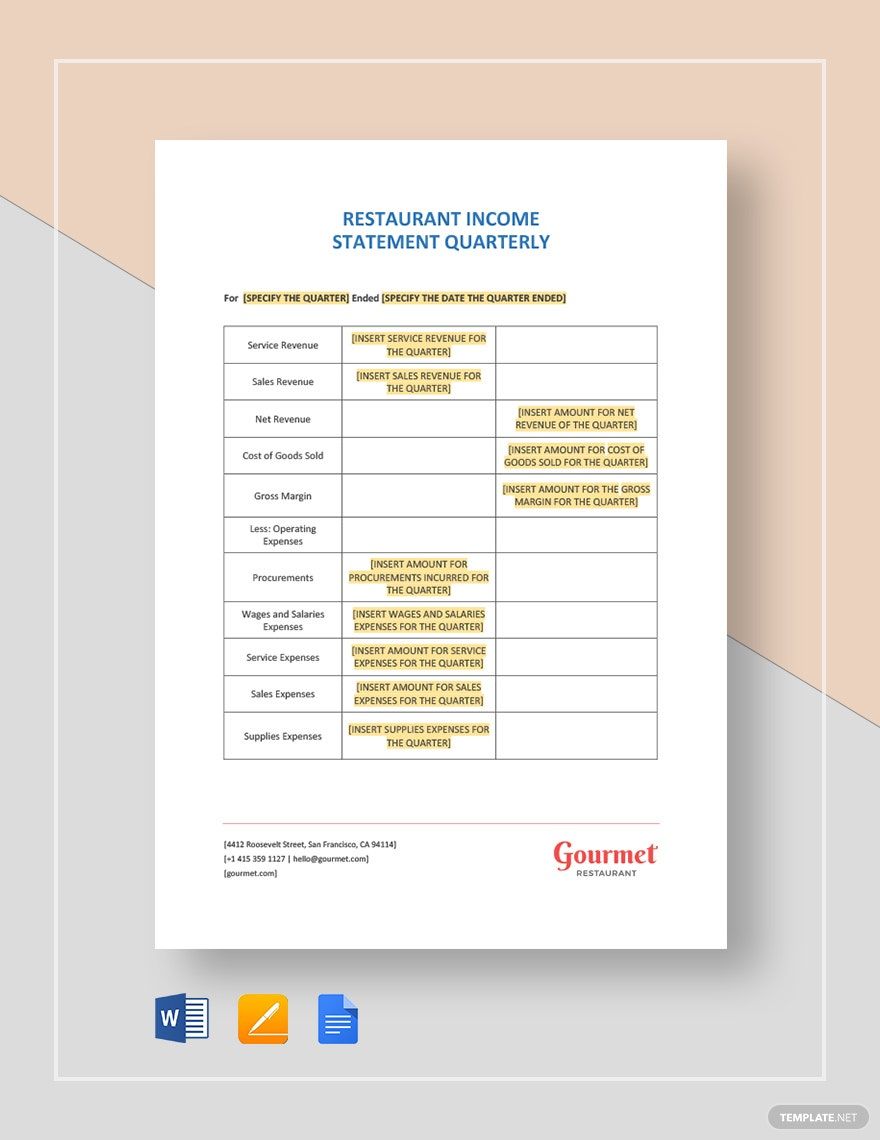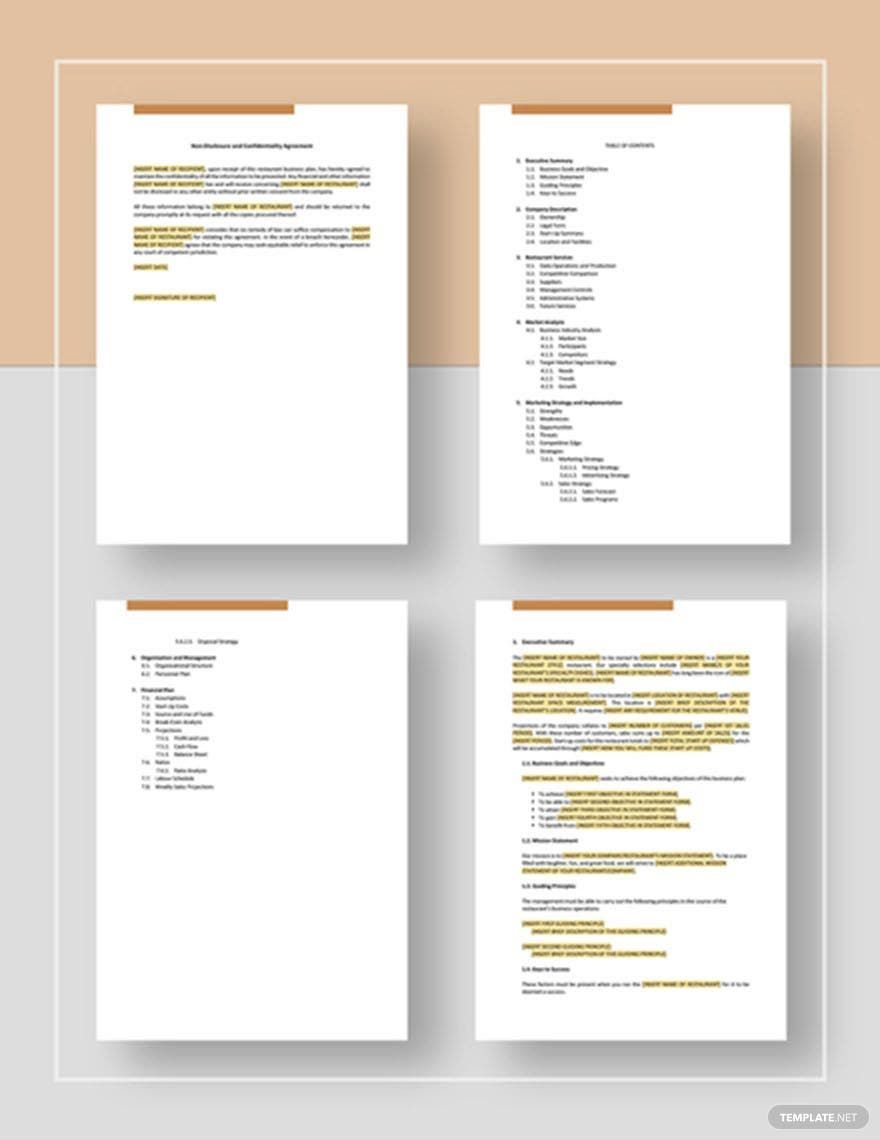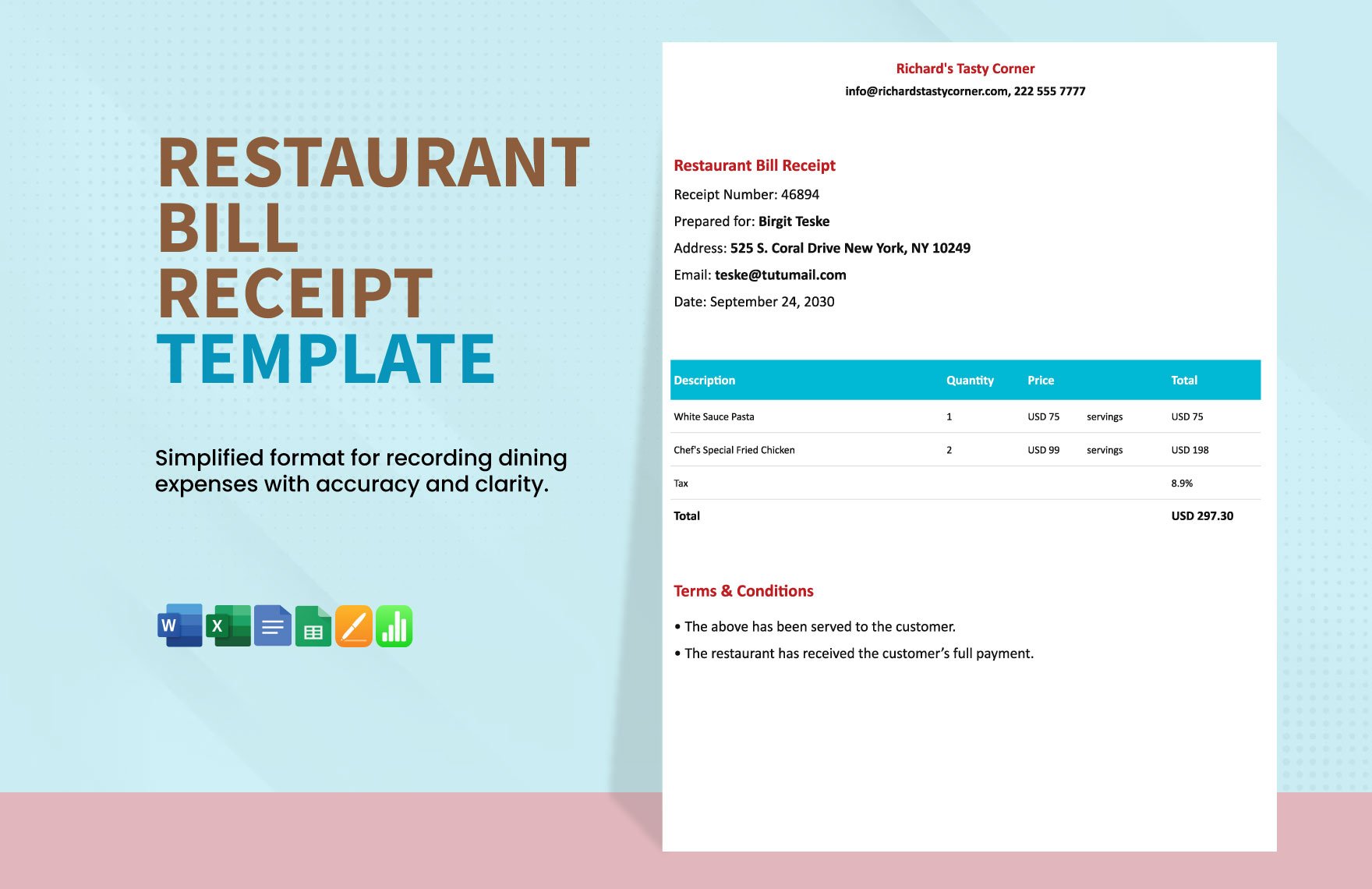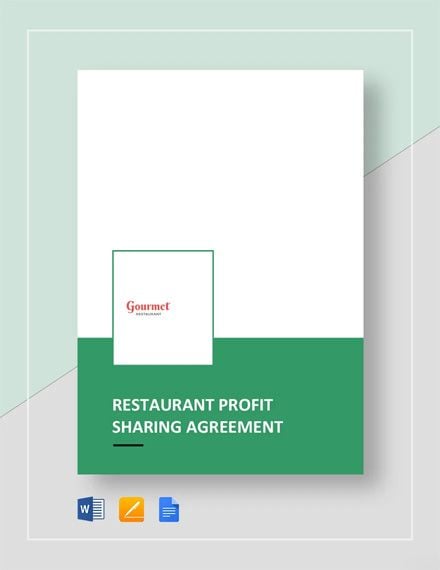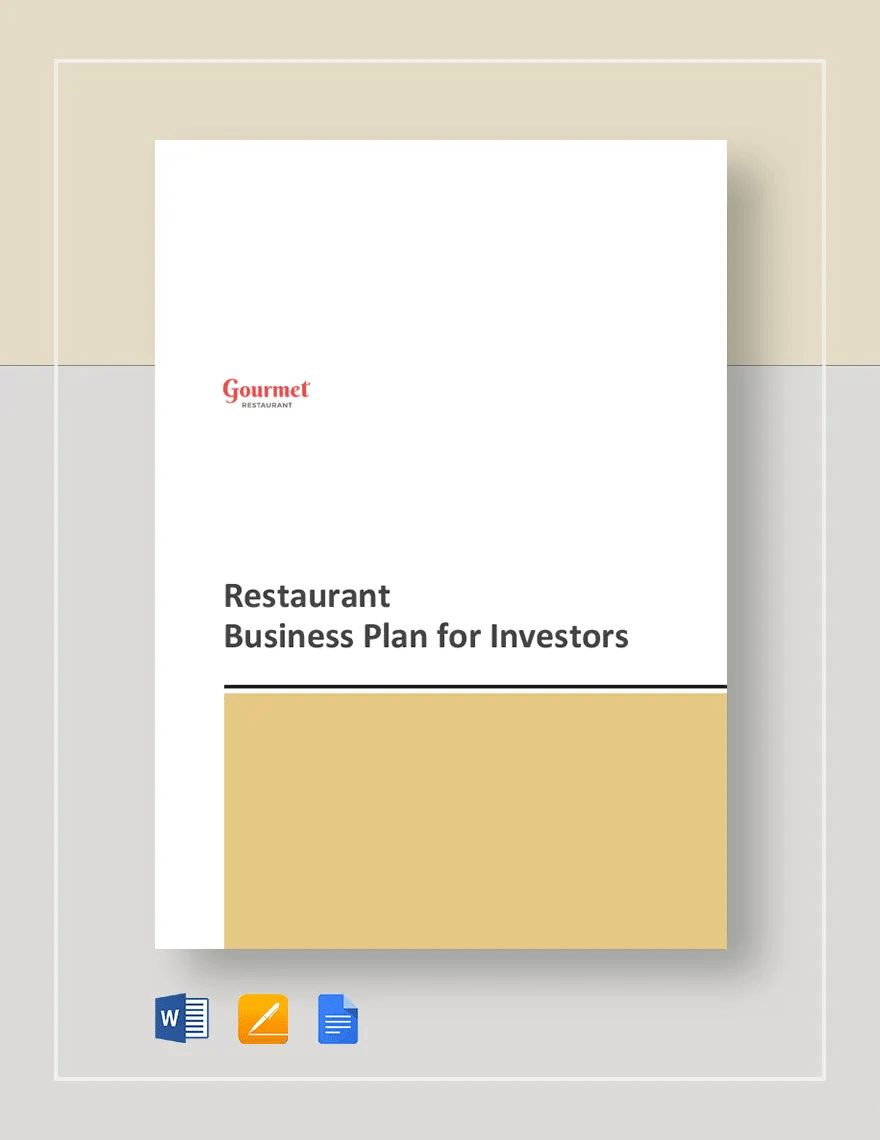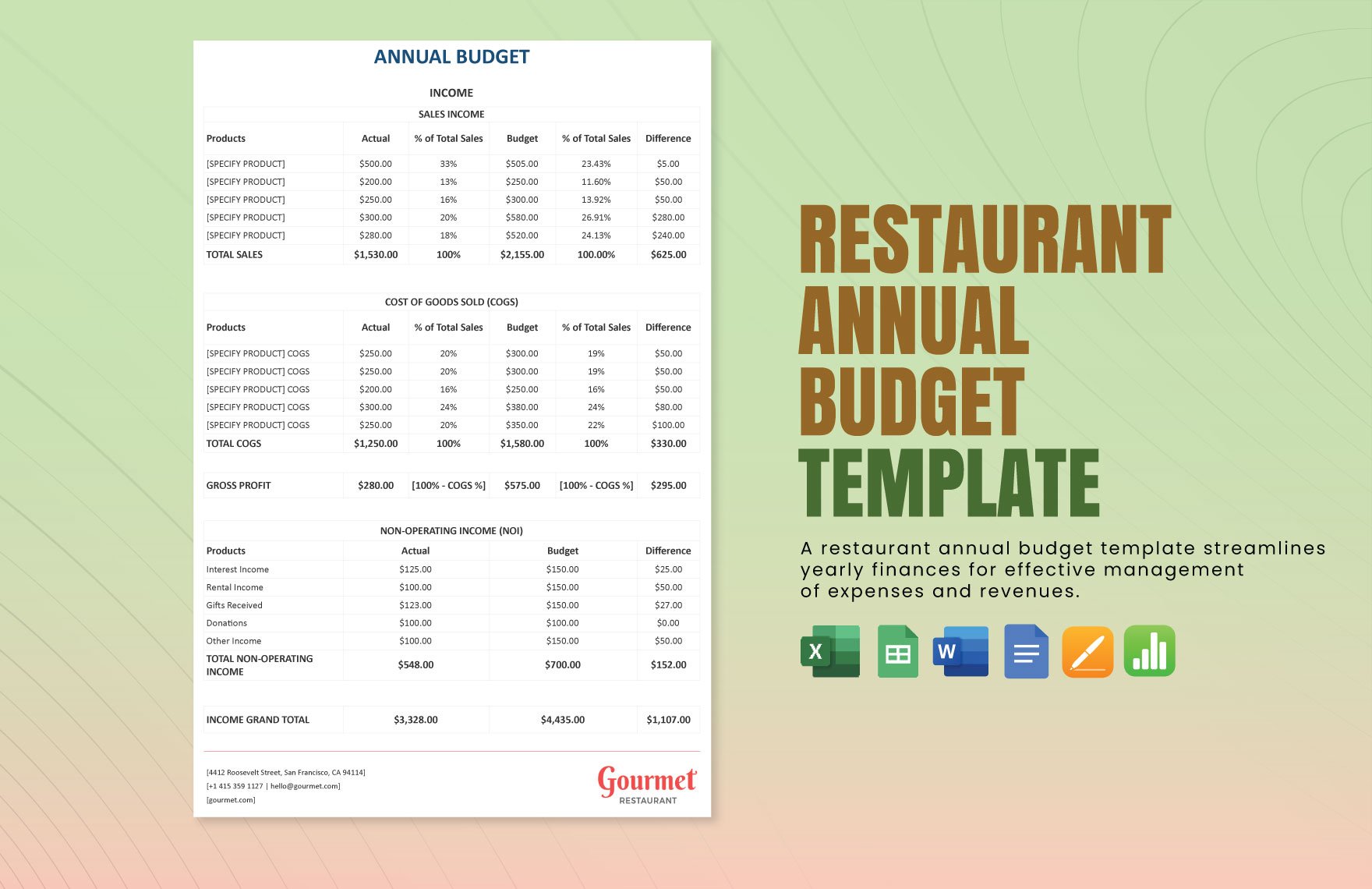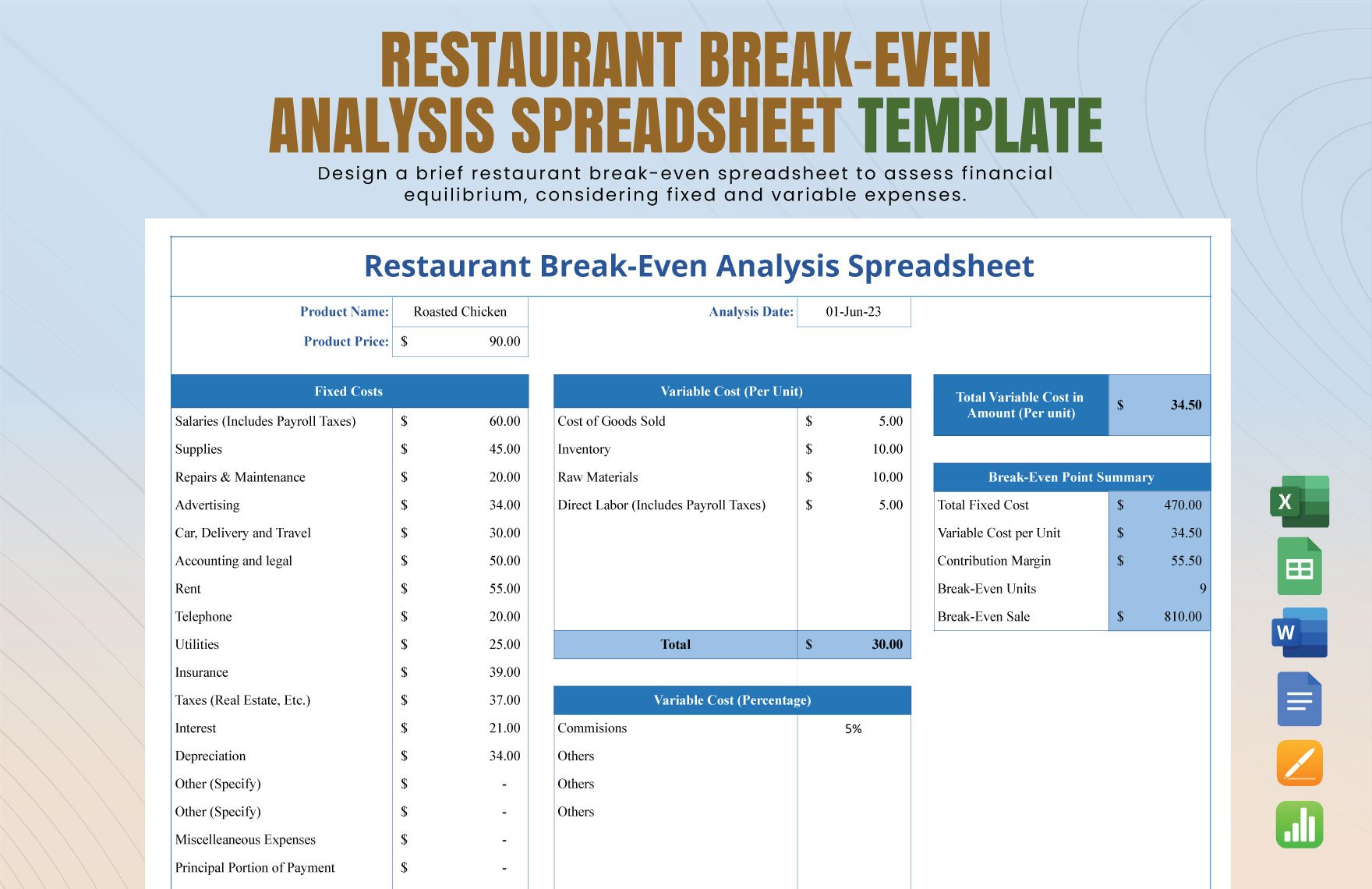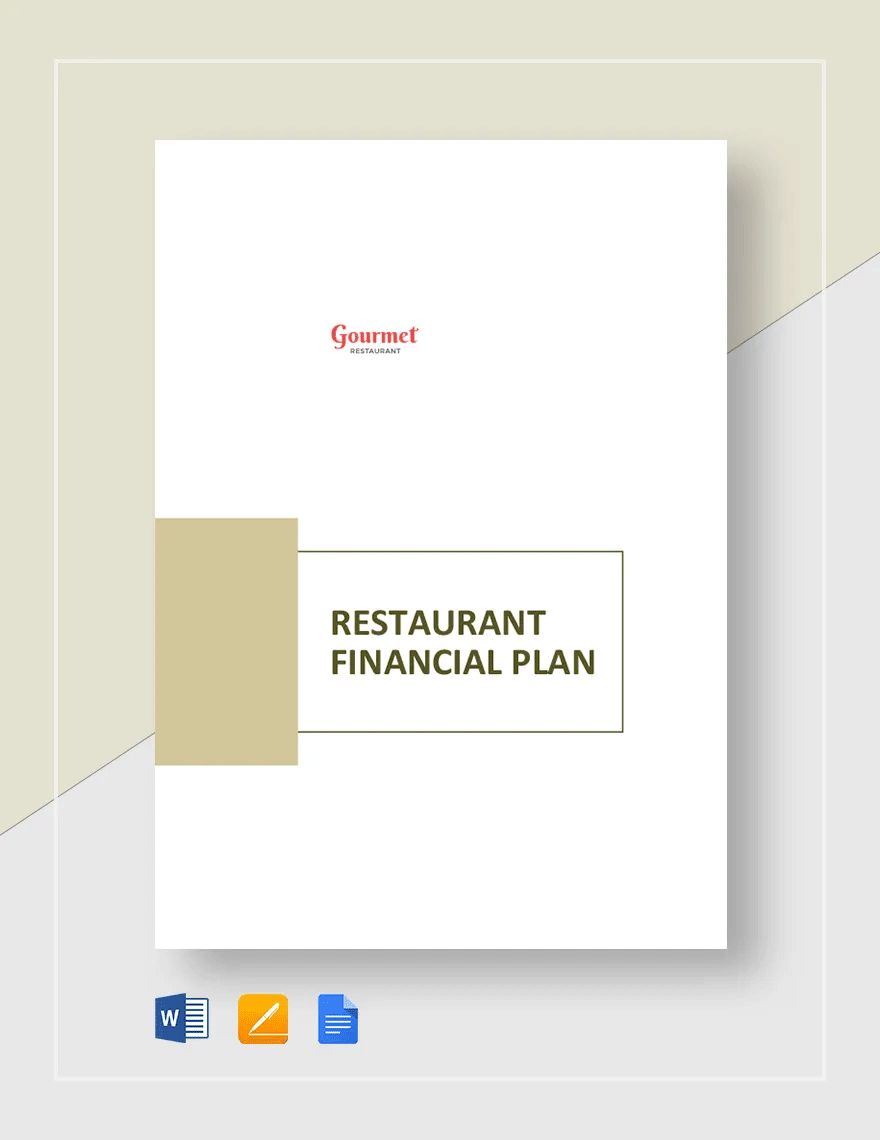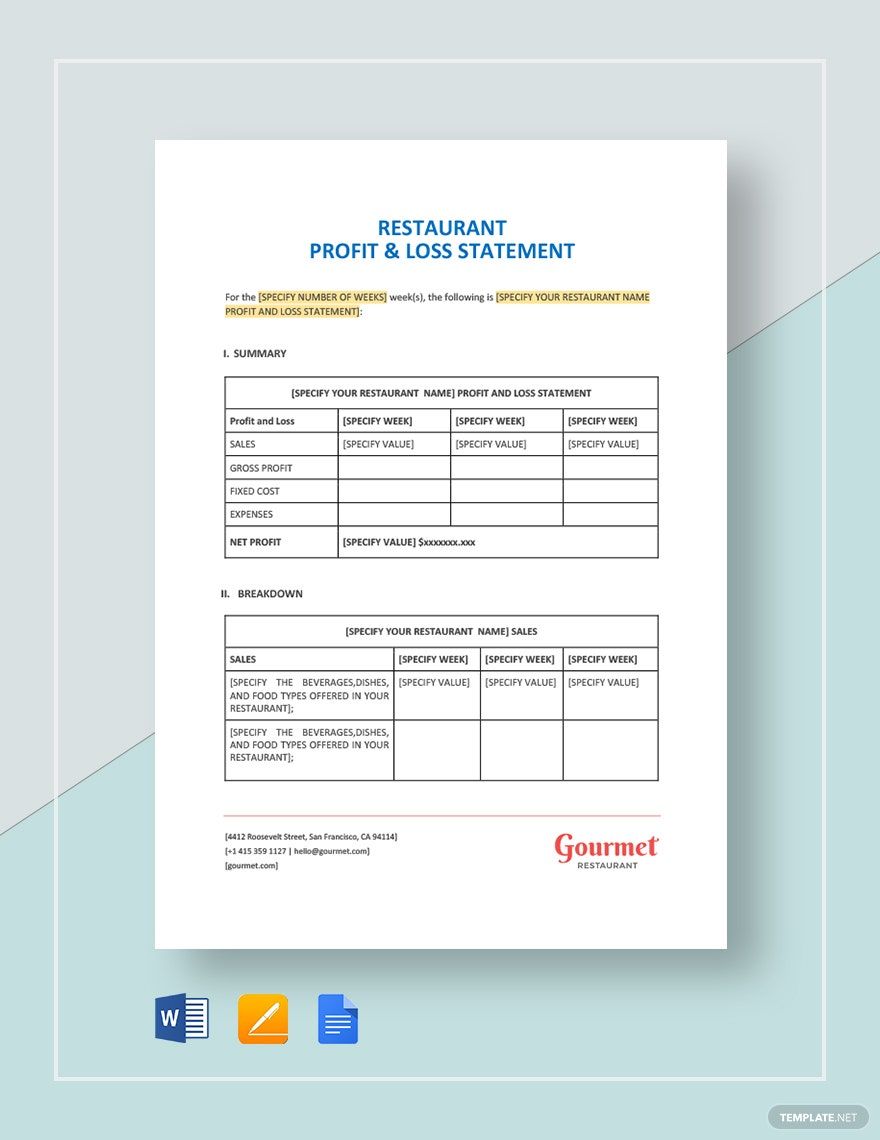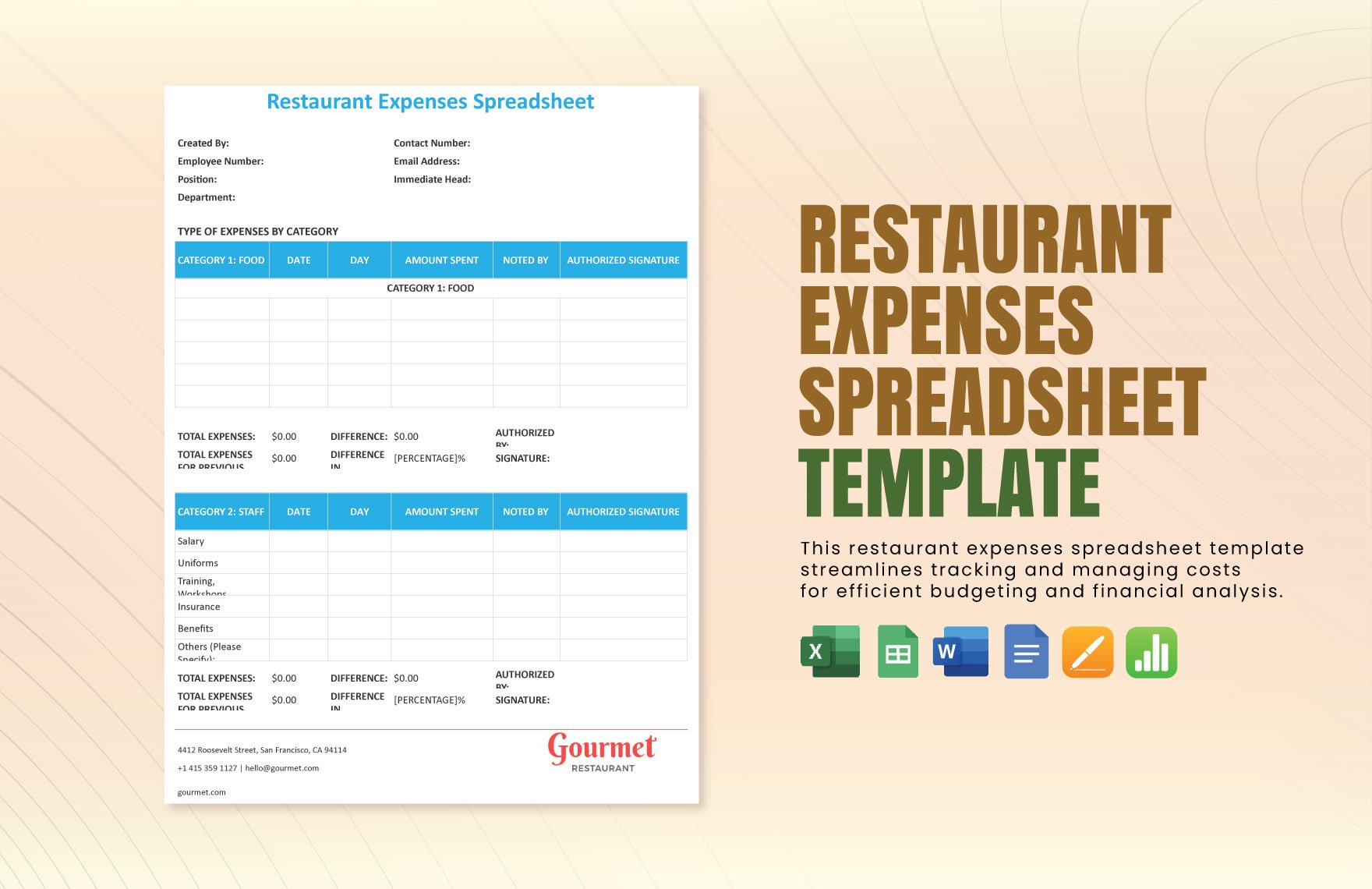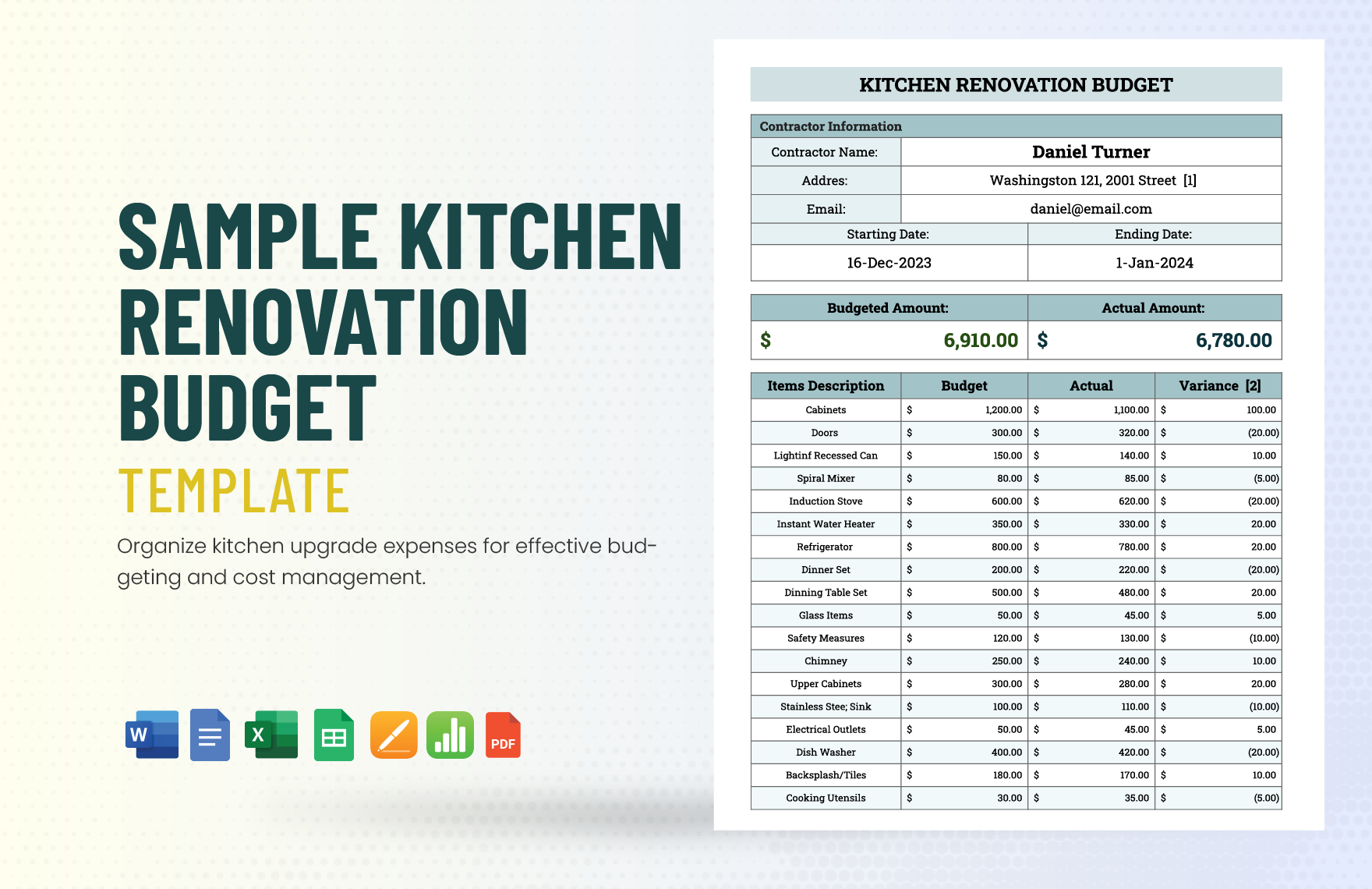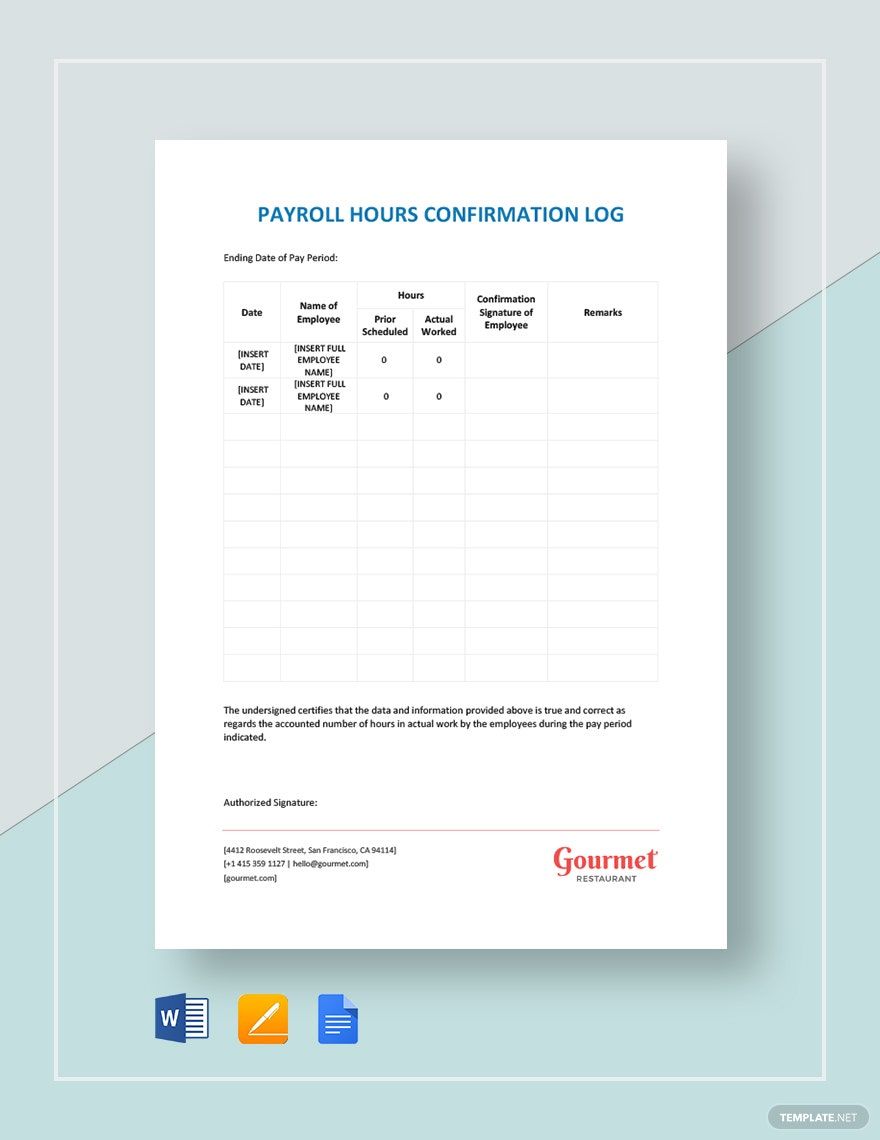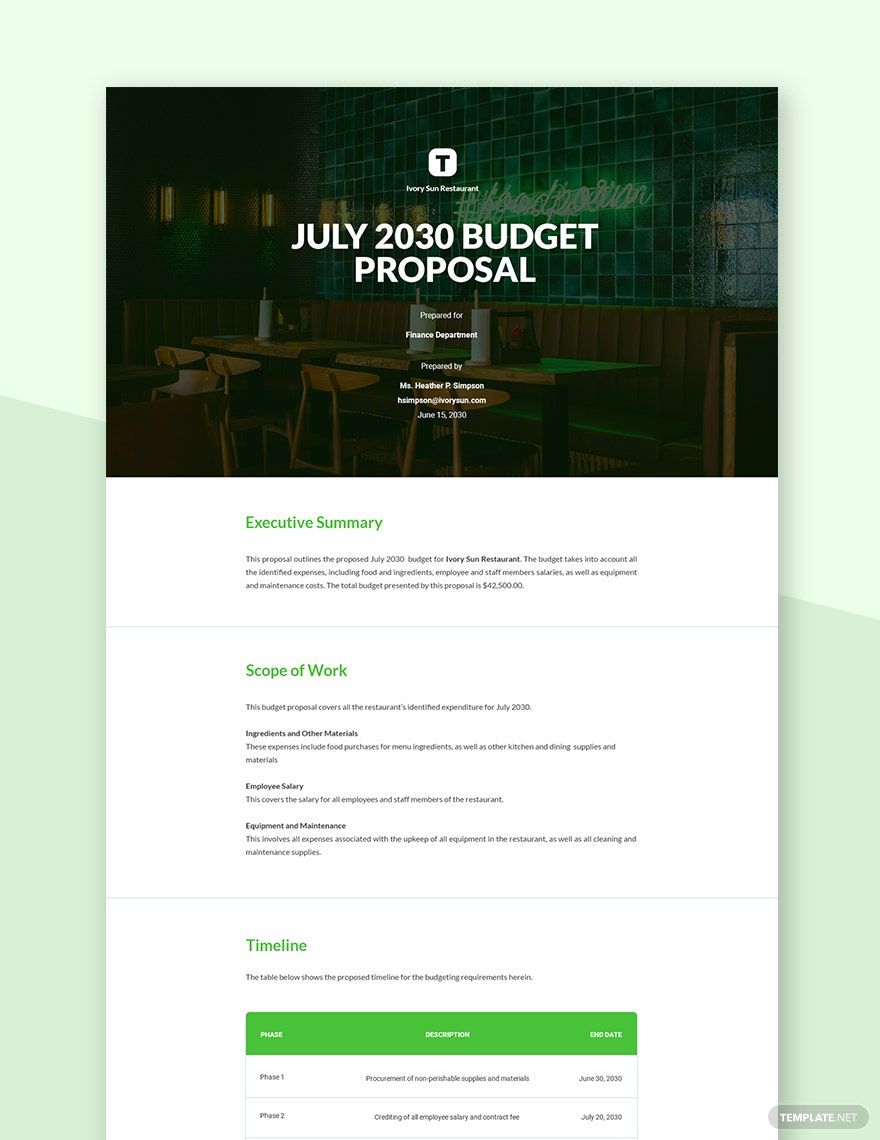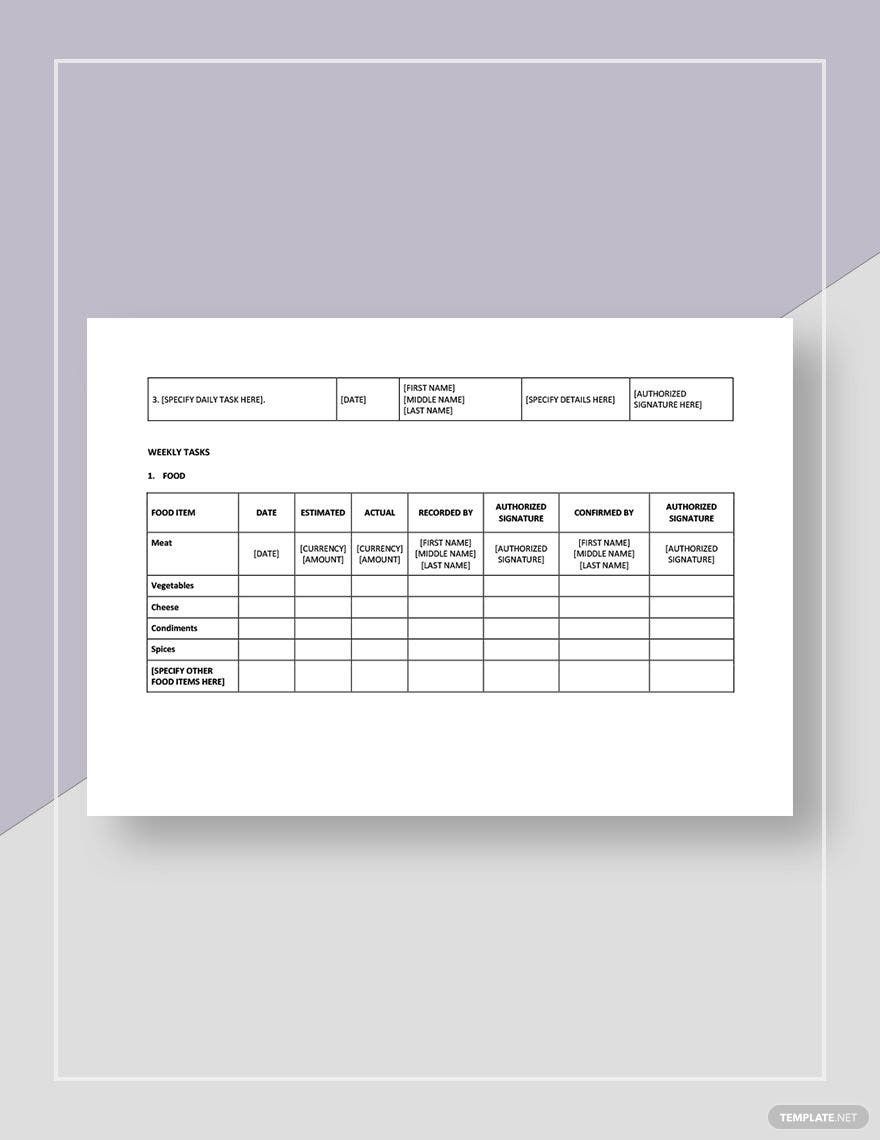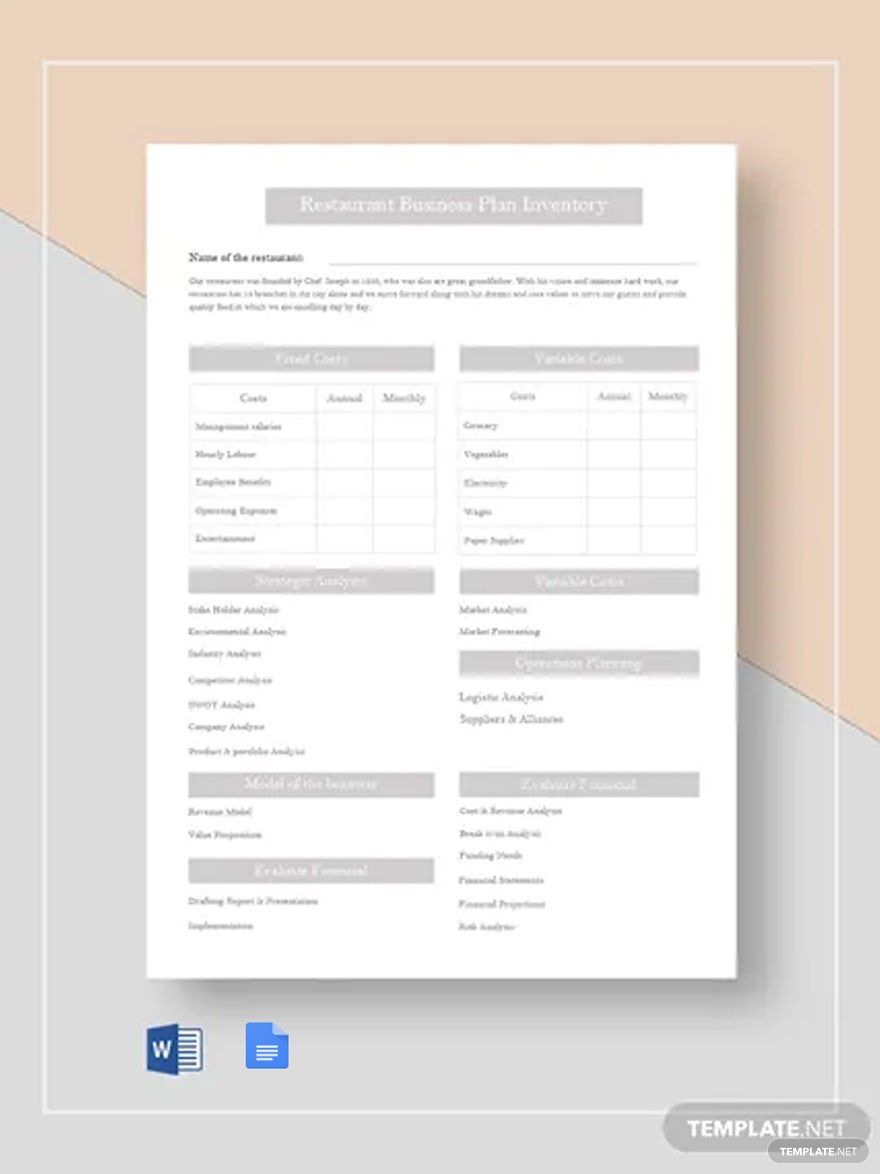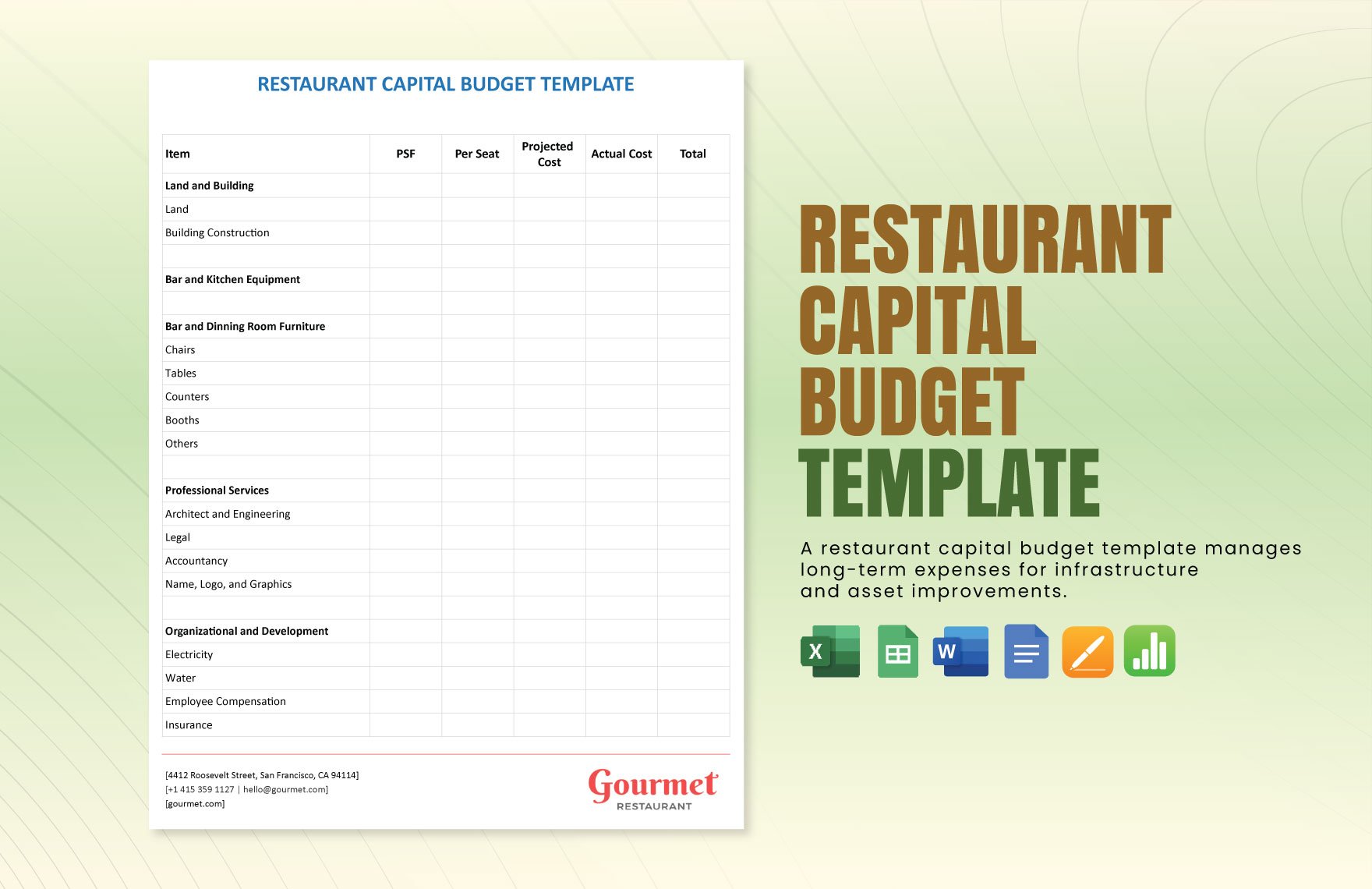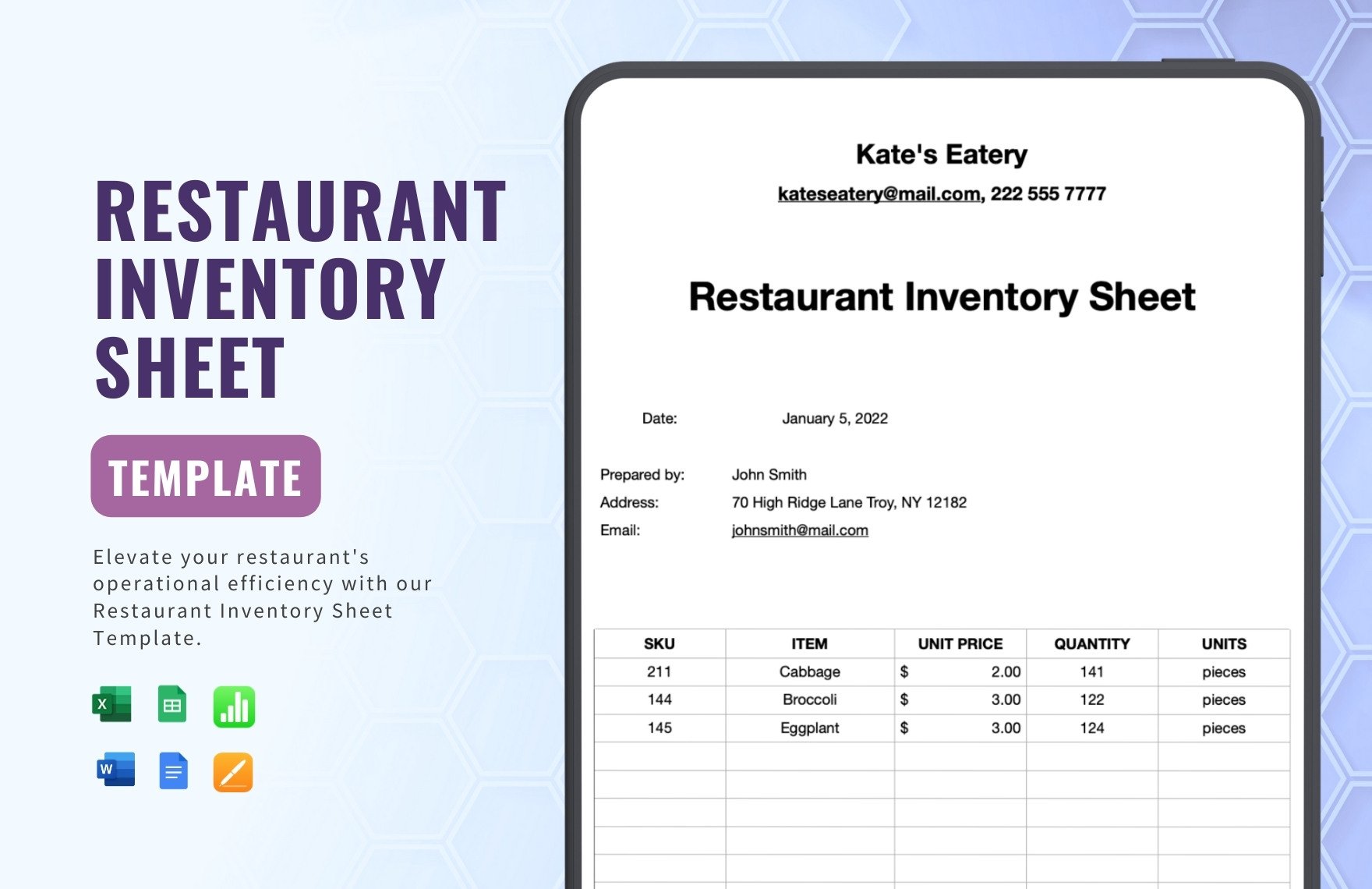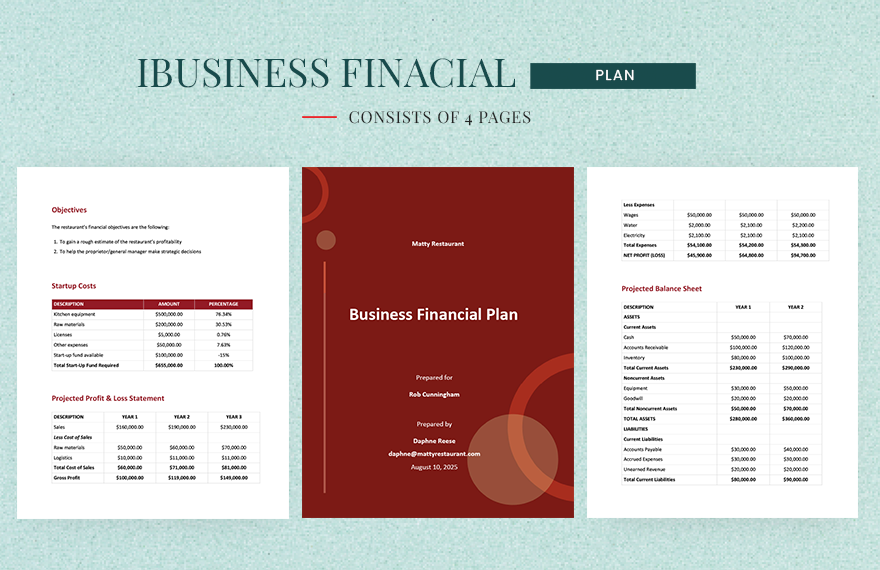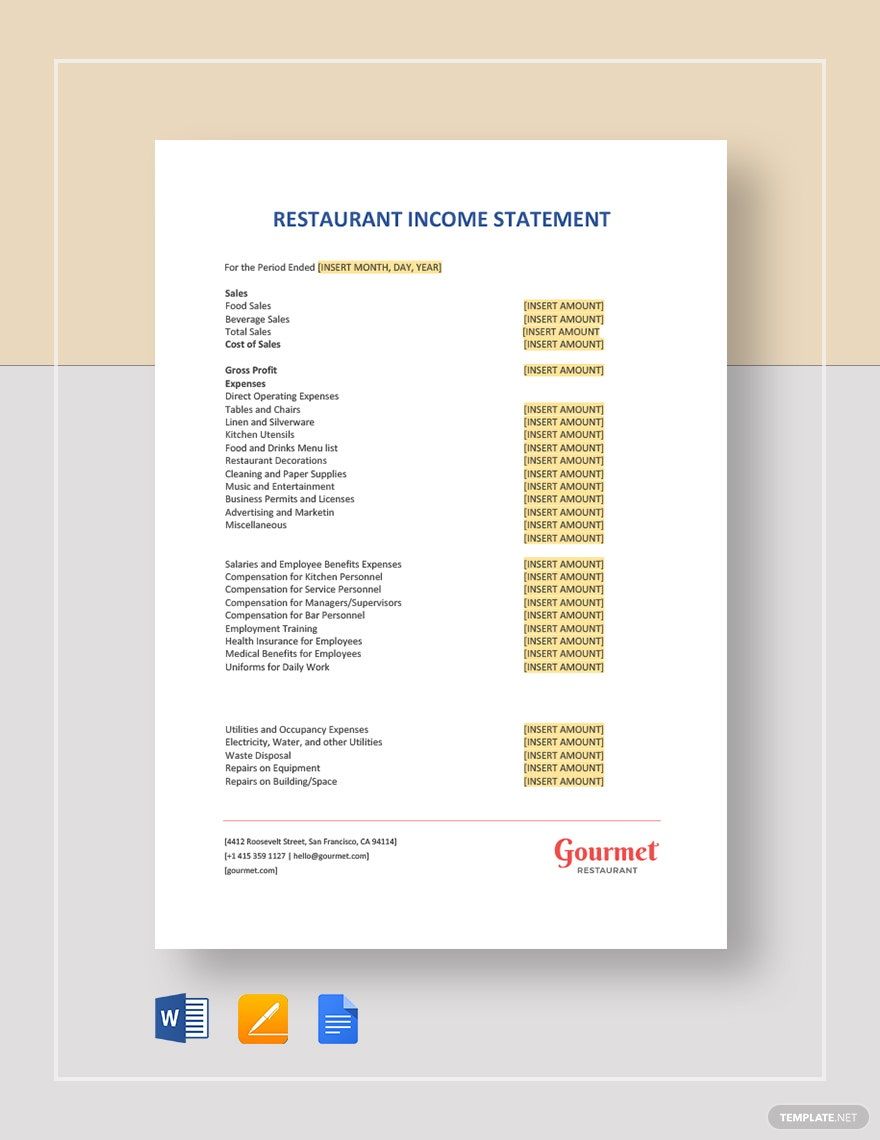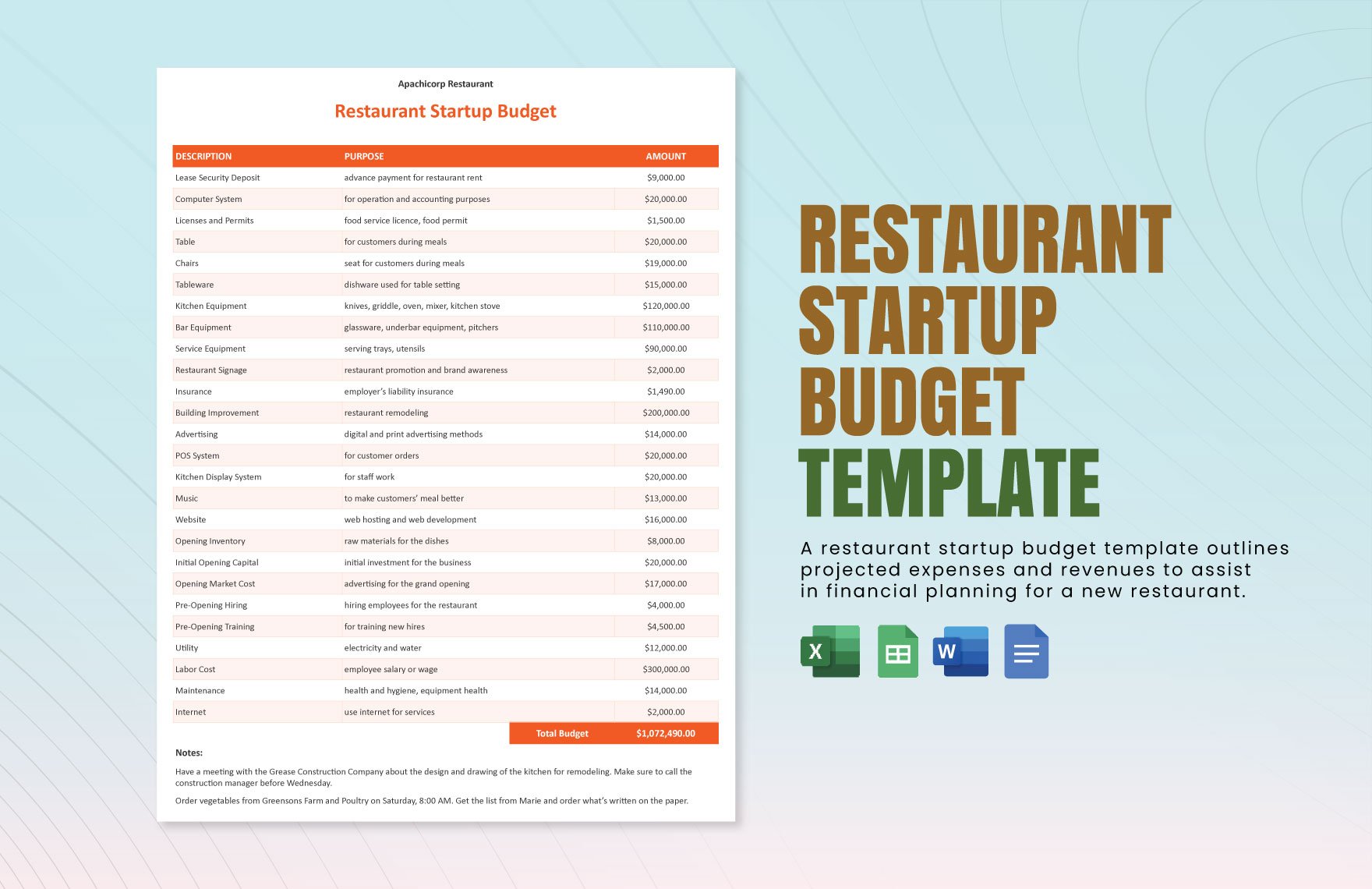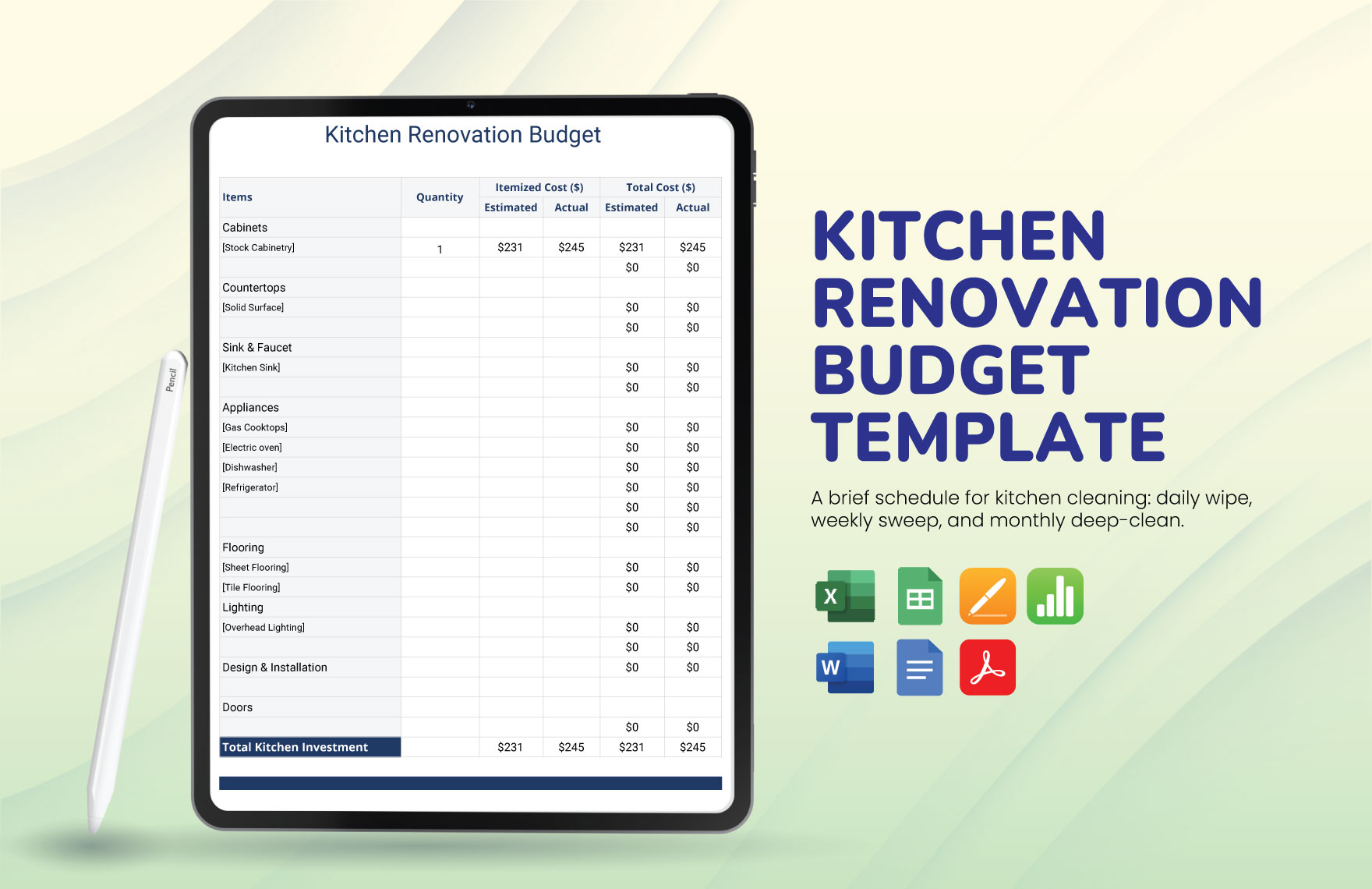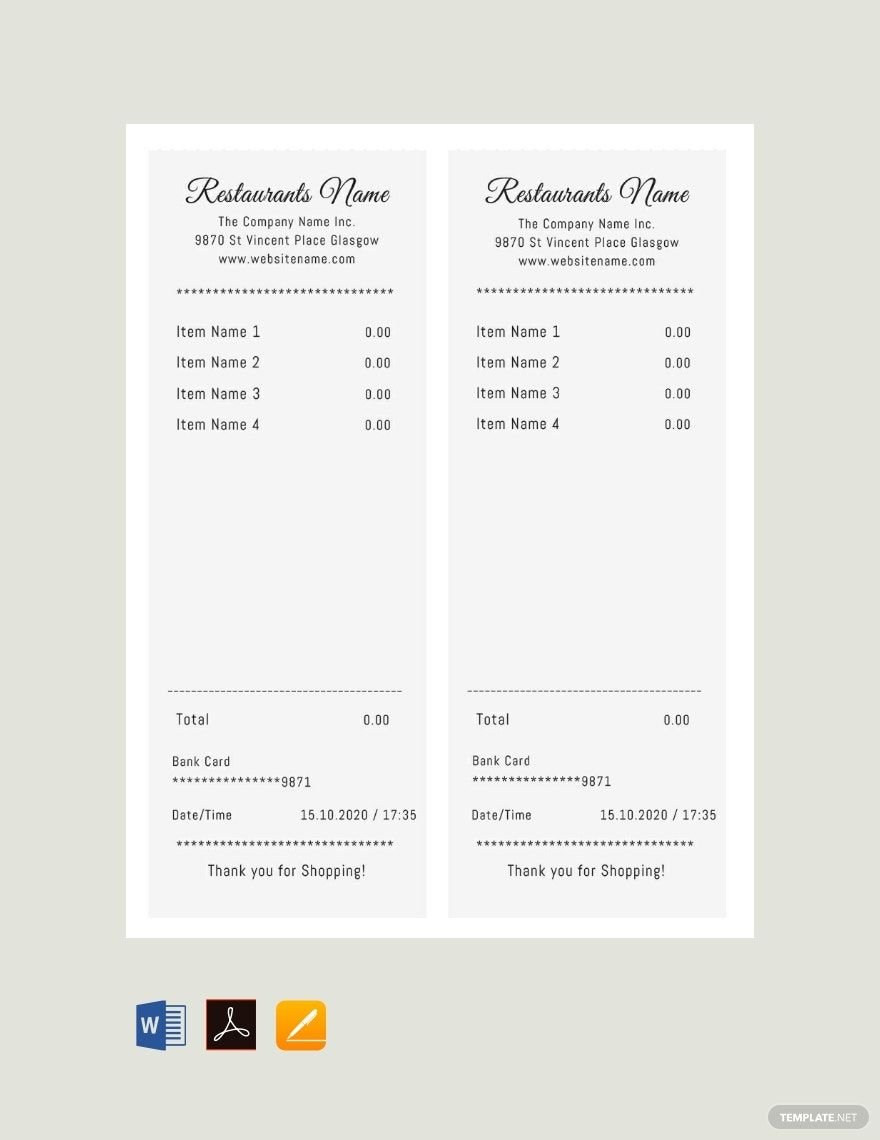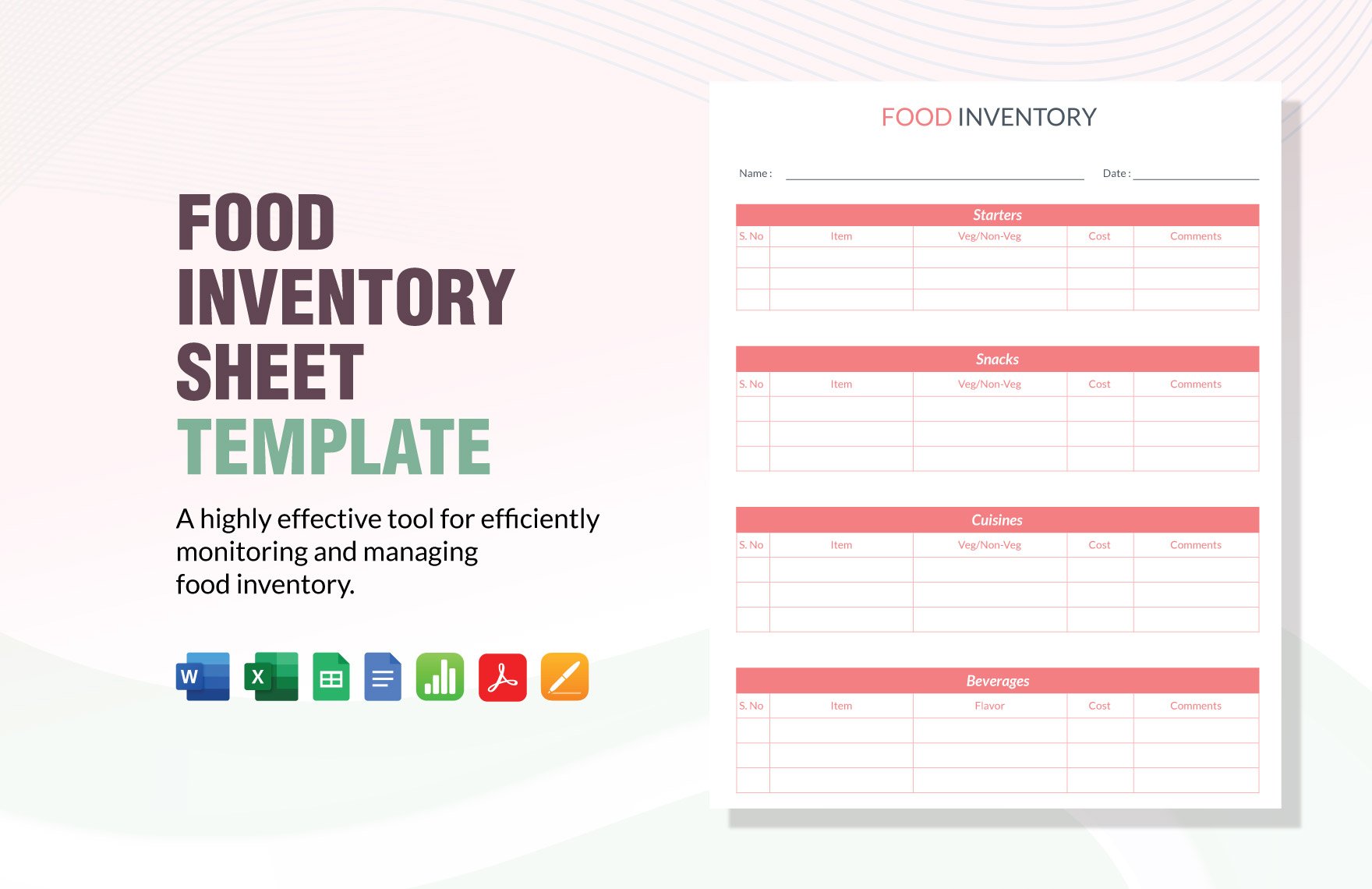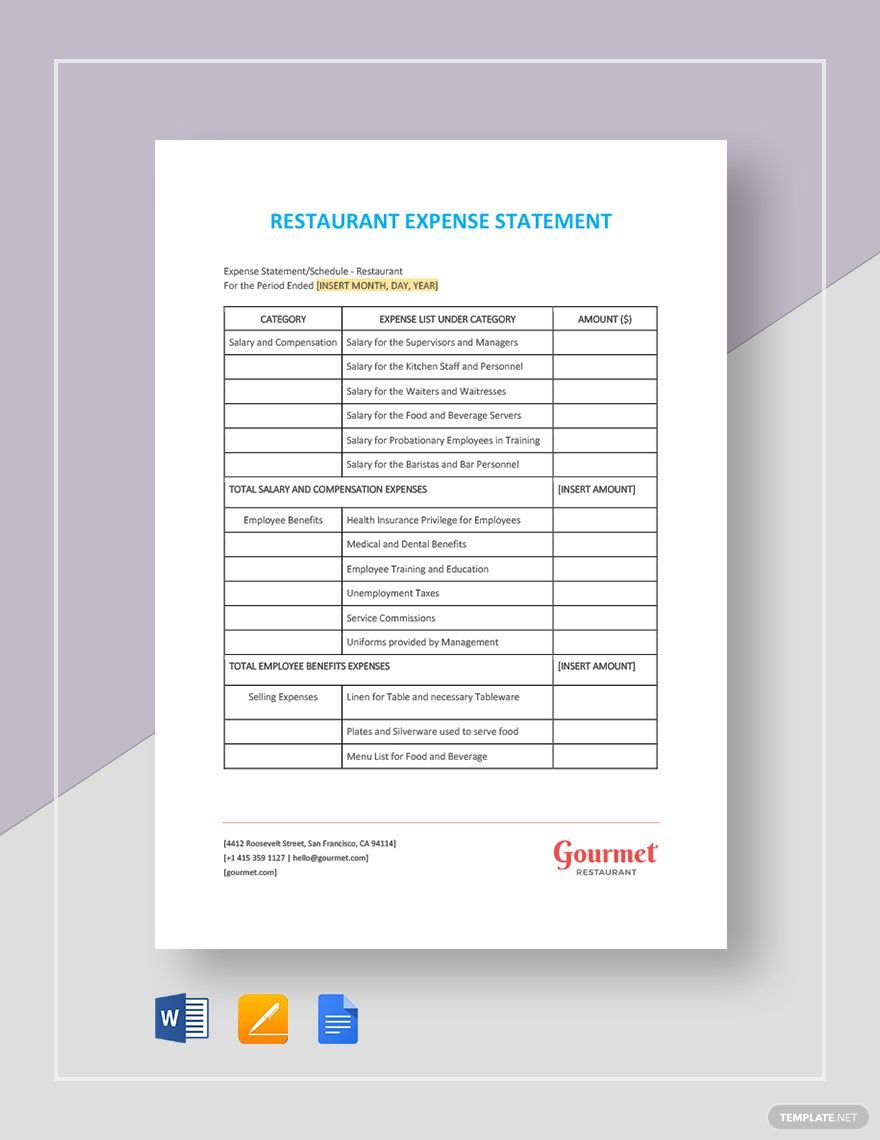People create budget plans to have savings or to buy something that they want. These are examples of little goals that motivate people to budget. On a larger scale, businesses create budget plans to help them grow and become successful. If you own or are managing a restaurant, we have Restaurant Budget Templates in Google Docs for creating the tools you need. Whether you prefer weekly, monthly, or yearly budget plans, our 100% customizable and fully printable samples can help you out. Handle your restaurant’s financial resources well by subscribing to our high-quality templates now!
How to Create a Restaurant Budget in Google Docs
According to the Simple Dollar, goals are unattainable if you don’t have a spending plan. If you have goals for your restaurant, be sure to create a budget. Below is a list of tips and guidelines to help you in creating a budget for your business in Google Docs.
1. Set a Budget Goal
Restaurants create a budget plan in order to achieve certain goals. These include but are not limited to opening expansions, adding menu items, and making renovations. Because these goals involve money, budgeting is a must for the restaurant to generate the needed resources.
2. Determine the Restaurant’s Sources of Income
Other than the sales and revenue gained from customers and diners, what are the other sources of income for the establishment? Are you generating income capital gains, royalties, or donations? Apart from determining the sources, it’s best that you also have an idea of much you’re earning from them each time.
3. Identify the Restaurant’s Fixed and Periodic Expenses
Aside from the sources of income, you should also identify the restaurant's expenses. Create a list of these expenses and make sure to organize them according to types. For more details about the different types of expenses, scroll down to our FAQ section below.
4. Set Aside an Amount for Emergency Purposes
One benefit of budget planning is having enough cash despite unforeseen circumstances. When creating your budget, set aside a section intended for emergency funds. For the amount, you may follow the 50/30/20 rule, but it’s best that you discuss it with the restaurant’s management team.
5. Keep the Budget Realistic
You’re more likely to follow a plan religiously if it’s achievable and realistic. Of course, how would you be motivated to follow something that’s too overwhelming? For your business budget, keep it realistic and practical not only for you but also for the rest of the restaurant employees.
